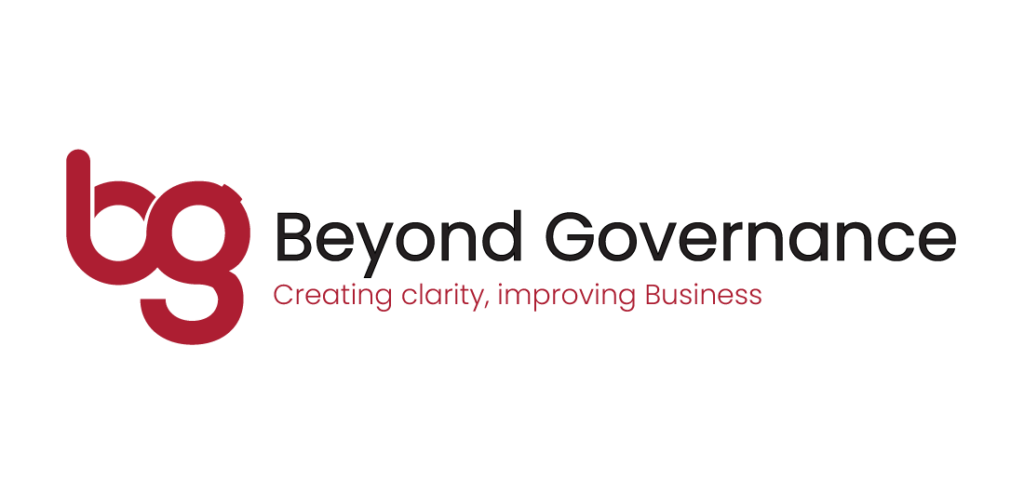Every business is exposed to risk, whether its reputational, health and safety, financial as well as the many you cannot see or are not in your control, but it’s impossible to avoid. However, businesses can identify, assess and respond to potential risks, and take mitigating action.
Although risk taking is a fundamental driving force in business and entrepreneurship, the cost of risk management failures is often underestimated including management’s time in rectifying an issue.
Risk Management
Risk management should form the backbone of every organisation. Organisations need to identify, define, and assess the impact of their principal and emerging risks and put in place internal controls to mitigate those risks.
Corporate Governance
Corporate governance is how a company runs itself through policies, procedures and processes to mitigate risks in the most effective way. It should ensure that risks are understood, managed, and communicated.
Potential For Good Governance
There is enormous potential for good governance to help SMEs save money, retain employees, and improve the general operation of their businesses.
Establishing reliable good governance practices should just be a part of doing business and should not be reactive but should be proportionate so as not to stifle the business.
Implementing governance practices can facilitate information flows to the correct forums and can lead to faster decision-making being made with reduced risk and confidence among the business. With good governance the chances of decisions having negative repercussions is reduced compared to decision making in businesses without having good governance in place.
Monitor Risk Effectively
Organisations should seriously consider whether it is appropriate to have a Risk Committee or an Audit and Risk Committee that has oversight and is able to monitor risk effectively.
Executive management are essential in providing the right tone from the top for transparency, openness, commitment and continuous improvement for effective risk management. It is, therefore, important that good risk governance is in place and where communication of risk can be shared up and down the organisation.
Being able to demonstrate good governance can improve a company’s access to finance as banks and other financial institutions will assess the governance of companies before providing capital, a key factor to be able to grow the business.
Investors can be confident that their investment will be managed securely and legally; they may have to invest more to gain more.
Not monitoring risk or having good risk governance in place can lead to fraud, bribery and corruption, waste, and unfair or unethical practices.
Summary
So good governance can improve profits, improve attrition rates, can avoid waste, and can avoid potential fines for failure to comply with law or regulations.
There have been a number of corporate failures and scandals in the last few years and lack of or poor risk management and corporate governance practices was a key factor in most of those cases where boards didn’t fully appreciate the risks companies were taking.
Good governance can deliver sustainable and solid business performance and is the hallmark of a well-run company.



